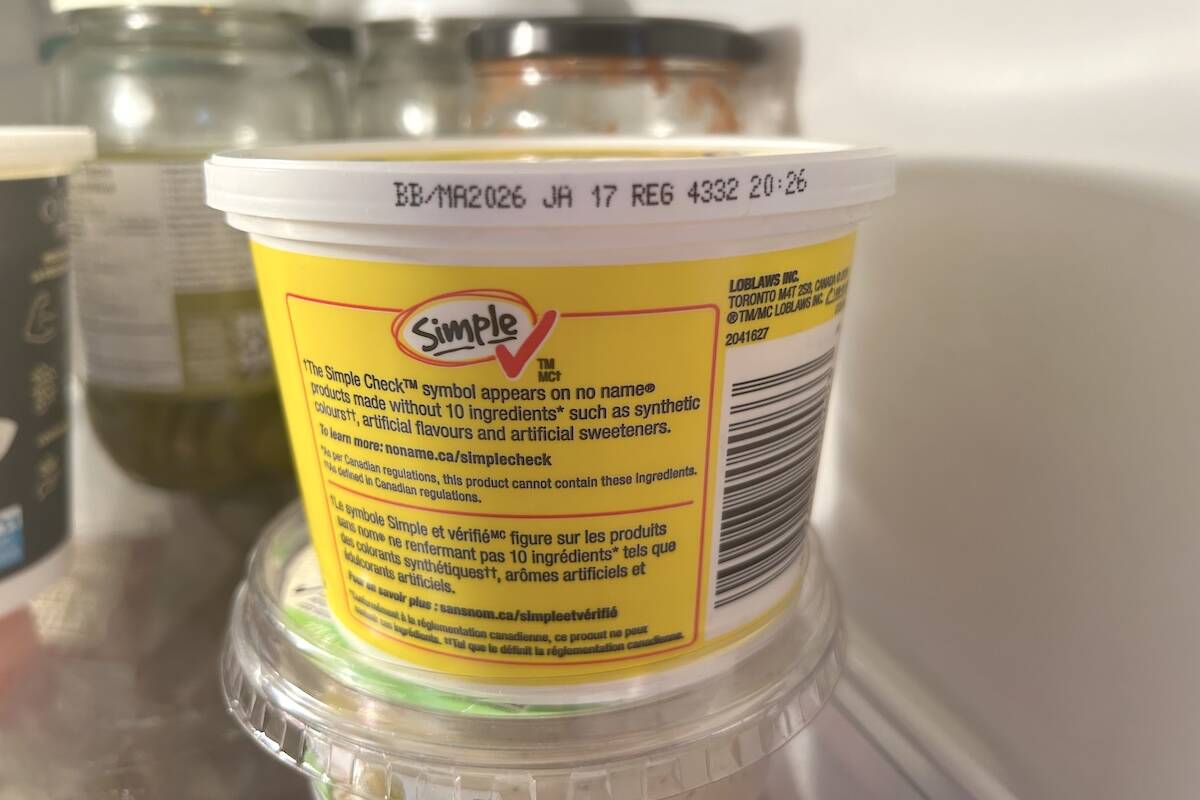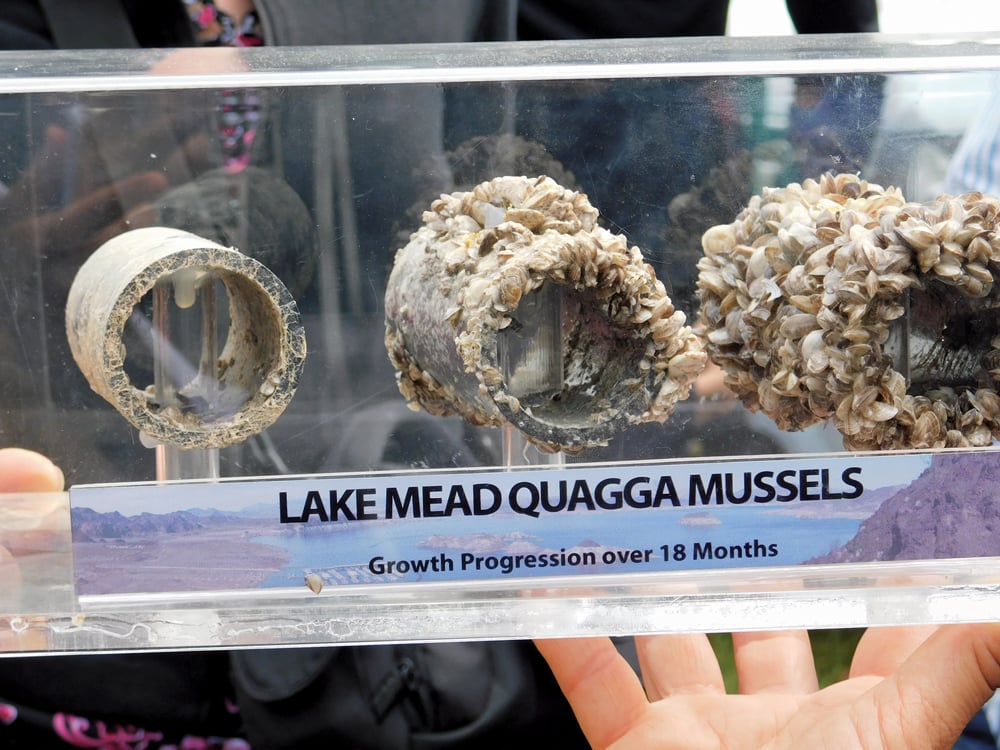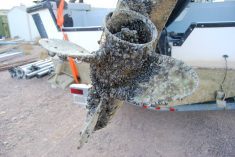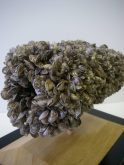Zebra and quagga mussels are not in Alberta yet, but the threat continues to grow.

“This is becoming a huge issue in our world — the more we travel and carry things around — whether we know it or not,” said Janine Higgins, community engagement lead with Alberta Environment and Parks.
The two invasive species, originally from Russia, made their way into the Great Lakes in the 1980s in the ballast water and bilges of cargo ships. They’ve since spread across the continent, with zebra mussels confirmed in Lake Winnipeg in 2013.
“That was a really big heads-up to us, now that we know they can survive in Canada,” said Higgins.
Since then, Alberta has bolstered its invasive species program.
People can stop the spread of aquatic invasive species — including mussels and whirling disease (a microscopic parasite that infects trout, whitefish, and other species) — by cleaning, draining and drying their boats. Removing drain plugs is critical.
Read Also

Best before doesn’t mean bad after
Best before dates are not expiry dates, and the confusion often leads to plenty of food waste.
“If you are transporting a boat, you need to actually remove the drain plug while you are transporting it,” Higgins said at a recent West County Ag Tour. “It is now a law and we have that law so you don’t end up moving any water around.”
Zebra and quagga mussels can survive attached to a boat for up to a month.
“So if you can imagine how far people are driving their boats in a month, these zebra and quagga mussels are surviving. Then, when people launch their boats back into the water, we have an infestation.”
The larval form, called a veliger, can’t be seen with the naked eye and the mussels have no natural predators in Alberta. While zebra and quagga mussels have not been found in B.C. and Alberta yet, they have been detected in Montana, about 45 kilometres from the border.
“It is very close to us, which raised the flag for us,” said Higgins. “We need to keep working to keep these species out.”
People can help prevent the invasion of the mussels by making sure they don’t move any water, plants, or mud, and by going through boat inspection stations. Anyone whose boat leaves the province, or who takes their boat into a provincial park, may have to go through a boat inspection. This includes a boat check, questioning, and a search for mussels.
Inspection stations have been set up around the borders of the province, and 12 boats have been found with mussels attached to them this year.
The mussels hide in dark, damp places in the boat. In a recent case, mussels were found hiding in areas where screws attach onto the boat. Alberta inspectors also have a team of three sniffer dogs that are trained to find mussels. In addition, Alberta Environment and Parks has tested more than 100 water bodies in search for the mussels and has been working closely with the irrigation districts.
The mussels are prolific — one female can lay a million eggs in a year.
“If these mussels were to get in all of our irrigation pipes that we use for watering our crops, for watering our cattle, everything like that, we’re estimating that it would cost us $75 million annually in losses from revenue, in maintenance, in boat loss — all that sort of stuff,” said Higgins.
At boat inspection stations, inspectors collect standing water inside boats and send samples to labs to look for veligers. Any boat with standing water is washed immediately. If the boat is really dirty or looks as though it contains mussels, it will be quarantined for 30 days — the length of time it takes for the mussels to die.
It is mandatory to stop at inspection stations when they are open, but some people are still skipping them. Anyone caught bypassing a station faces a fine as high as $100,000 or up to one year in jail.
















